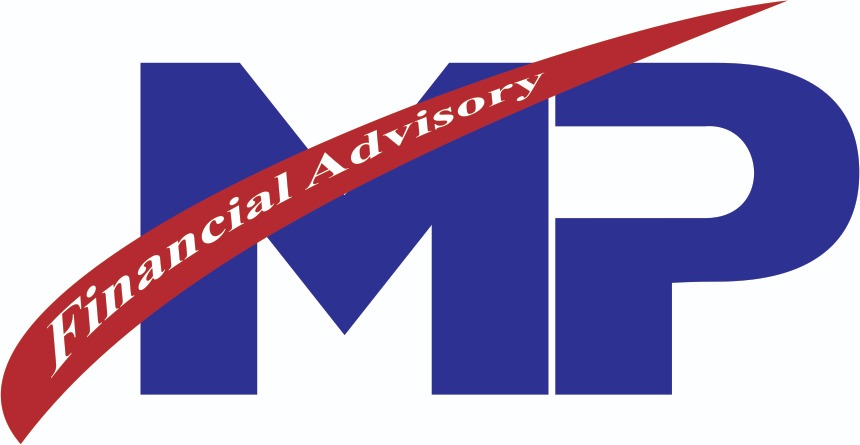Unlocking Value from Distress: Enabling Securitization of Stressed Assets Beyond the ARC Route
Introduction
In a significant policy shift aimed at strengthening financial stability and accelerating asset resolution, the RBI governor, during his MPC statement on April 9, 2025, announced a proposal to enable the securitization of stressed assets in addition to the existing Asset Reconstruction Company (ARC) route. This bold move, if implemented effectively, has the potential to transform the way distressed assets are handled in India. It will positively impact banks, Non-Banking Financial Companies (NBFCs), and financial institutions that have increasingly borne the brunt of asset quality.
Why Go Beyond ARCs?
While ARCs have played a pivotal role in India's bad loan ecosystem since their inception in 2002, their effectiveness has been limited by structural inefficiencies, pricing gaps, capital constraints, and a lack of competitive pressure. As of FY2024, the total stressed assets in the Indian banking system were worth over ₹10 lakh crore (Source: RBI’s Report on Trend and Progress of Banking in India 2023-24), with ARCs AUM at about ₹1.4 Lakh crore (Source: various media reports), and average recovery rates and speed of resolution remain far from optimal.
Introducing direct securitization of stressed assets offers a complementary - and in some cases superior - alternative by creating a broader, market-driven platform for distressed asset monetization. Rather than relying solely on ARC acquisition, NBFCs and banks could directly package and sell pools of non-performing or sub-standard loans to investors with higher risk appetites, such as private credit funds, distressed asset buyers, and alternative investment funds (AIFs).
Impact on Lenders: A Strategic Balance Sheet Reset
The proposed reform offers a much-needed lever to reset and strengthen balance sheets. Key benefits include:
- Asset Quality Improvement: Offloading stressed assets reduces Gross NPA ratios, improving investor and regulatory perception.
- Enhanced Leverage and Capital Adequacy: Securitization frees up capital locked in riskweighted assets, enhancing CAR and enabling fresh lending.
- Liquidity and Funding Access: Provides an alternative source of liquidity, easing pressure on traditional borrowing lines.
- Diversification of Resolution Tools: Complements the ARC route and enhances flexibility in stressed asset resolution.
Catalyzing a Distressed Asset Investment Market
A major outcome of the proposal would be the development of a vibrant secondary market for distressed debt instruments. Similar to how securitization enabled a deep market for mortgage-backed securities (MBS) globally, this reform could attract:
- High-yield and opportunistic investors, including global distressed asset funds and hedge funds.
- AIFs seeking high-IRR opportunities.
- Private equity and credit funds targeting India’s distressed credit space.
This would improve price discovery, enable faster turnaround, and introduce competitive pressure into resolution mechanisms.
Global Precedent
Developed economies have reaped significant benefits from well-functioning stressed asset markets and offer valuable lessons for India. The U.S. high-yield bond (junk bond) market exceeded $1.4 trillion (Source: Bloomberg) in 2024, while Europe’s market reached $500 billion, demonstrating how robust market mechanisms can channel capital into high-risk segments efficiently. As India takes a pivotal step by opening the securitisation route for stressed assets beyond the ARC framework, it can draw from the global experience. The success of these mature markets is underpinned by strong institutional frameworks, characterized by transparency, time-bound legal resolutions, credible credit ratings, deep secondary markets, and investor protections. If India can embed these elements, it can transform its ₹10 lakh crore distressed asset pool into a viable, investible asset class. The RBI’s move marks a crucial beginning, but its effectiveness will hinge on how swiftly and soundly the regulatory ecosystem adapts to support sustainable risk transfer and investor confidence.
Challenges and Considerations in India
Despite the promise of unlocking capital through the securitisation of stressed assets, India faces several structural hurdles that must be addressed to ensure market viability. Valuation complexities remain a core issue, as unpredictable recovery timelines make it difficult to price stressed asset pools accurately. Legal and enforcement gaps - especially delays under the Insolvency and Bankruptcy Code (IBC) and inconsistent judicial outcomes - continue to erode investor confidence. Furthermore, the absence of standardized structures for waterfalls, disclosures, and cash flow prioritization weakens investor safeguards. India’s debt markets remain relatively shallow, with limited institutional participation and an underdeveloped secondary market for distressed instruments. Besides, the lack of specialized credit rating methodologies tailored for distressed securitised pools creates challenges in risk pricing and investor assessment. Addressing these gaps will be critical to building a credible, transparent, and scalable ecosystem for stressed asset securitisation in India.
The Way Forward: Regulatory Enablers
To replicate the success of developed stressed asset markets, India must implement a comprehensive set of regulatory enablers that address both investor confidence and market functionality. Strengthening legal certainty through timely insolvency resolutions and consistent enforcement will be foundational. Equally important is enhancing investor protection by mandating standardized documentation, enforceable covenants, and transparent cash flow structures. The regulatory ecosystem must also support credit rating innovation, including dual surveillance and bespoke frameworks for distressed pools. Building market infrastructure - such as enabling the listing of securitised distressed instruments, electronic trading platforms, and mandatory trade reporting - will enhance liquidity and price discovery. Clarity around capital treatment, including provisioning norms, SPV recognition, and the obligations of originators, will be critical for accounting and regulatory compliance. Finally, India must actively attract risk capital by incentivizing participation from AIFs, distressed asset funds, and global investors with a high-risk appetite. Together, these measures can lay the groundwork for a deep, transparent, and investor-friendly market for stressed asset securitisation in India.

